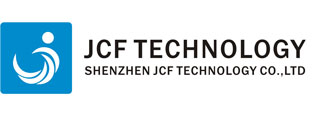
 Tel: +86755-27523807 +8613715205860(wechat/whatsapp)
Tel: +86755-27523807 +8613715205860(wechat/whatsapp) Email: jcf@jcftechnology.com
Email: jcf@jcftechnology.com

 Tel: +86755-27523807 +8613715205860(wechat/whatsapp)
Tel: +86755-27523807 +8613715205860(wechat/whatsapp) Email: jcf@jcftechnology.com
Email: jcf@jcftechnology.com
In the medical field, a notable example of a membrane switch is the control panel on an infusion pump. Here’s a detailed look at how membrane switches are used in this context:
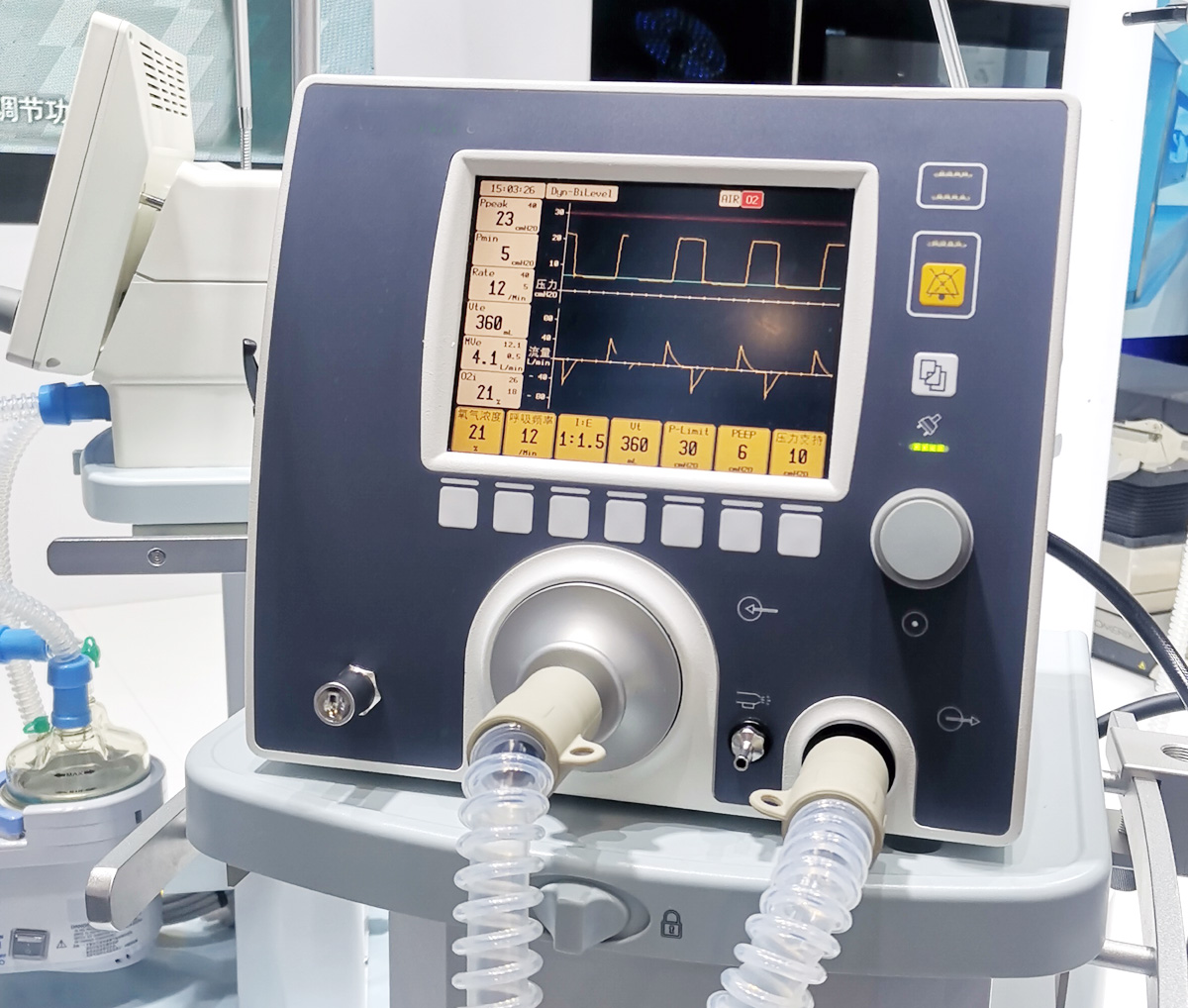
Infusion Pump membrane Control Panel
1. Membrane Switch Design and Construction:
Graphic Overlay: The top layer of the infusion pump’s control panel is a graphic overlay printed with various buttons and indicators. These might include buttons for setting infusion rates, starting or stopping the infusion, and adjusting other parameters. The overlay often features clear labeling and intuitive symbols to ensure ease of use in critical situations.
Spacer Layer: Below the graphic overlay is the spacer layer, which contains flexible membranes or domes. When a button is pressed, the spacer layer ensures that the correct contact points are activated.
Circuit Layer: The bottom layer consists of a flexible circuit with conductive traces. Pressing a button on the overlay causes the circuit to close, creating an electrical signal that is sent to the infusion pump's control unit.
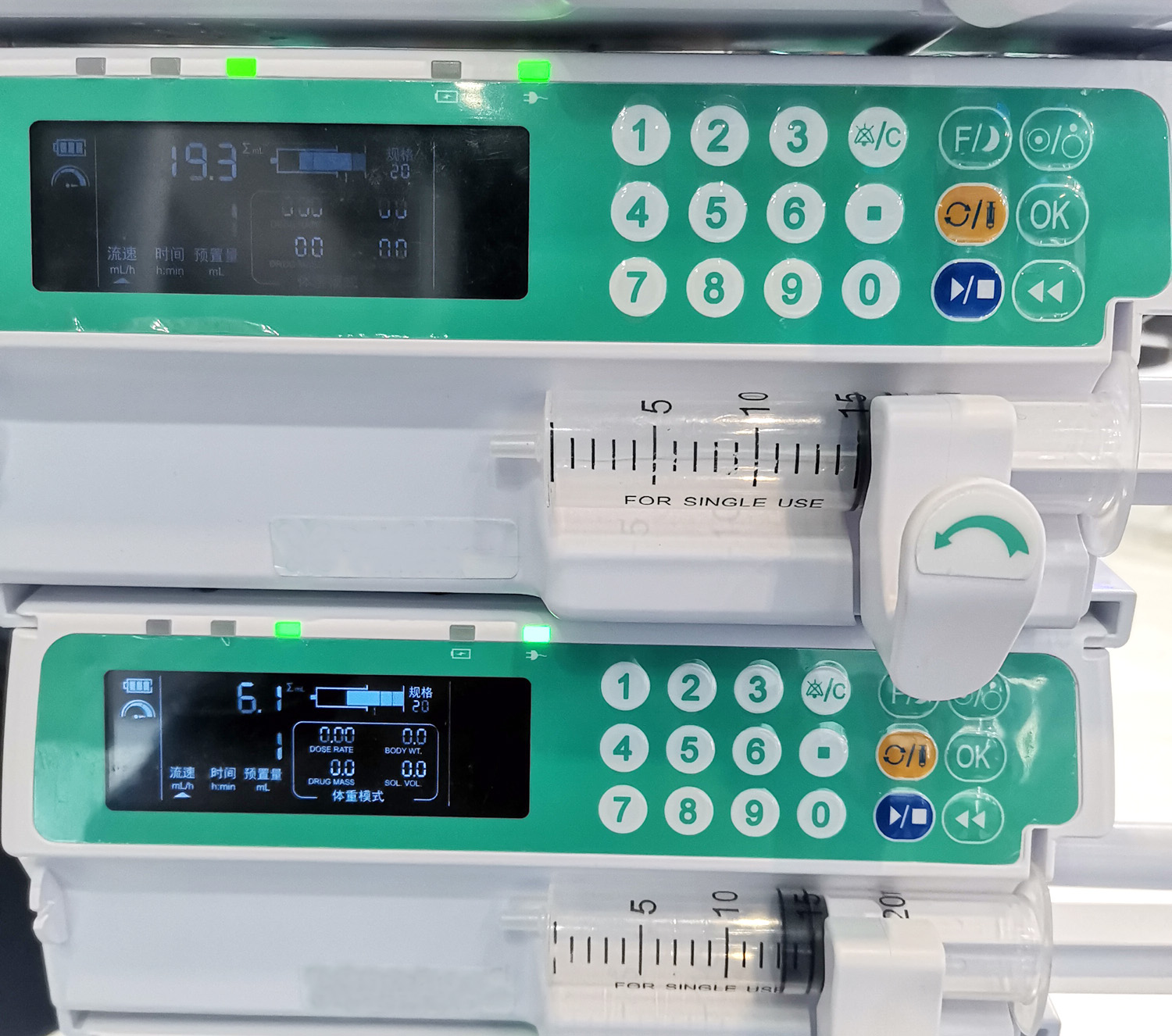
2. Membrane Keypad Functionality:
When a user presses a button on the infusion pump’s control panel, the pressure causes the conductive traces to make contact, closing the circuit.
This action sends an electrical signal to the infusion pump’s microcontroller, which interprets the input and adjusts the infusion settings accordingly.
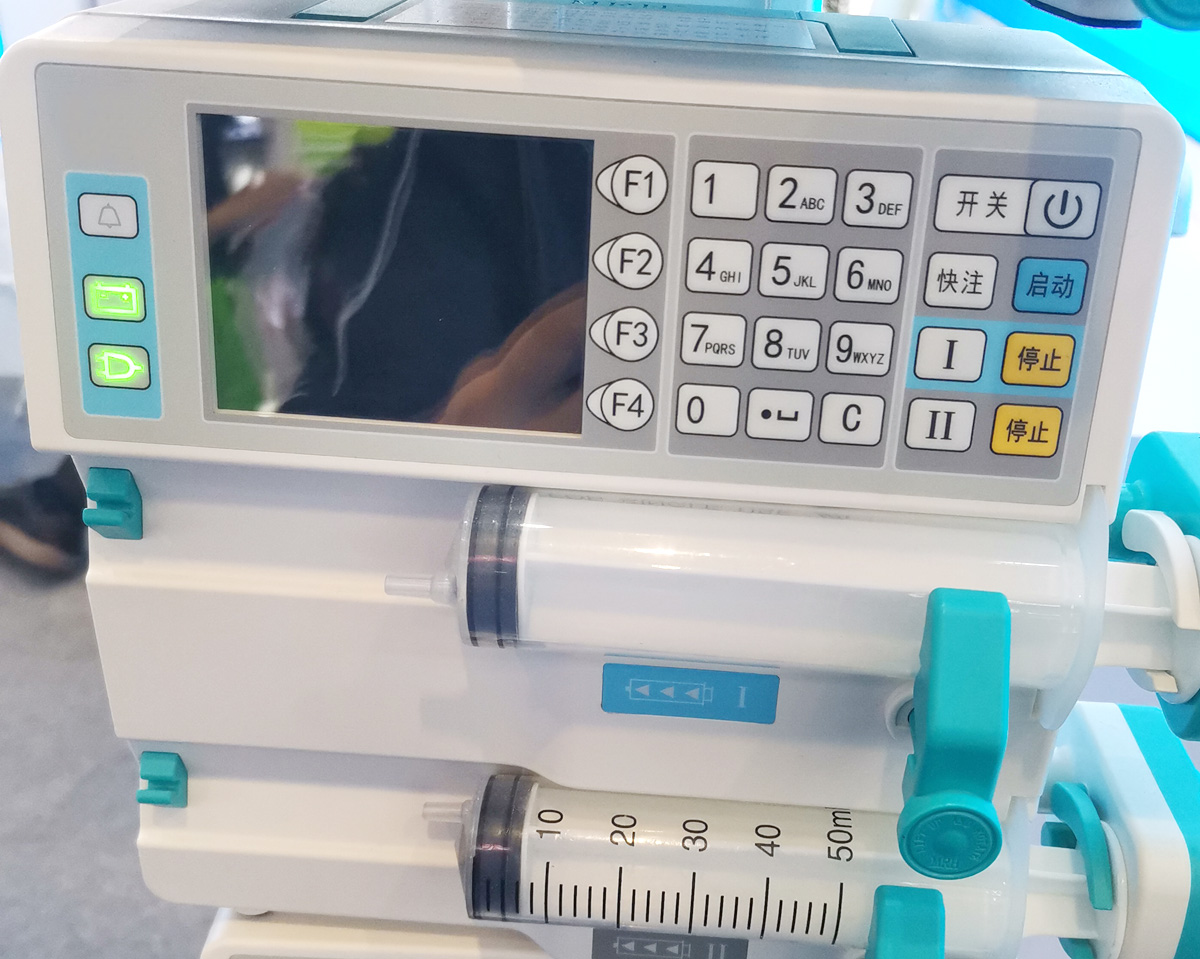
3. Membrane Panel Advantages:
Durability and Hygiene: The sealed design of membrane switches protects the internal components from contamination and liquid spills, which is crucial in a medical environment where cleanliness is a top priority.
Ease of Use: The tactile feedback provided by the membrane switches (if equipped) and the clear labeling on the graphic overlay help healthcare professionals operate the infusion pump accurately and efficiently, even under stress.
Cost-Effectiveness: Membrane switches are often more cost-effective to produce compared to mechanical switches, which is advantageous in the manufacturing of medical devices where cost control is important.
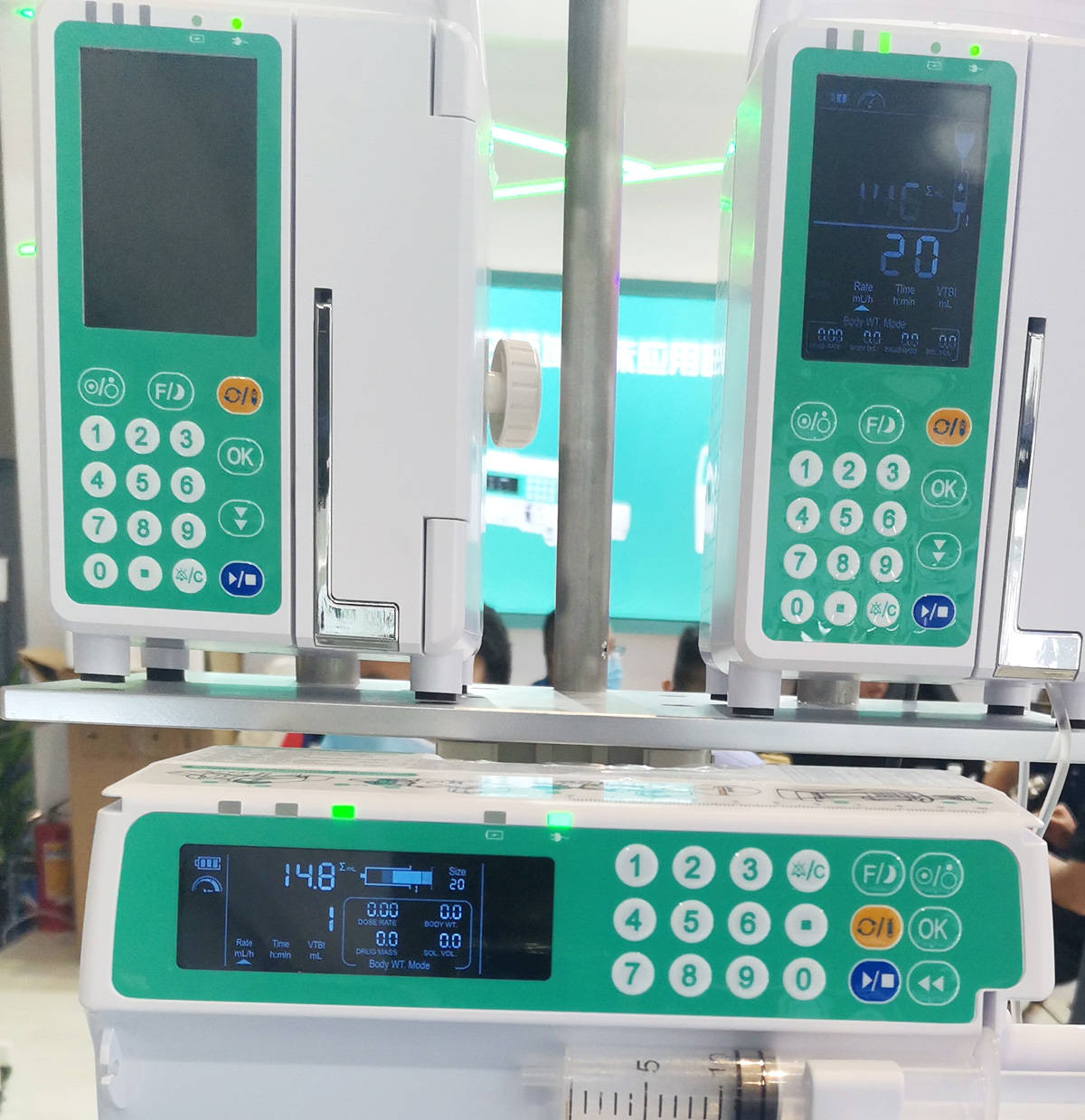
Other Medical Device Examples
Patient Monitoring Systems: Control panels on patient monitors use membrane switches for settings such as alarm thresholds, display options, and data recording.
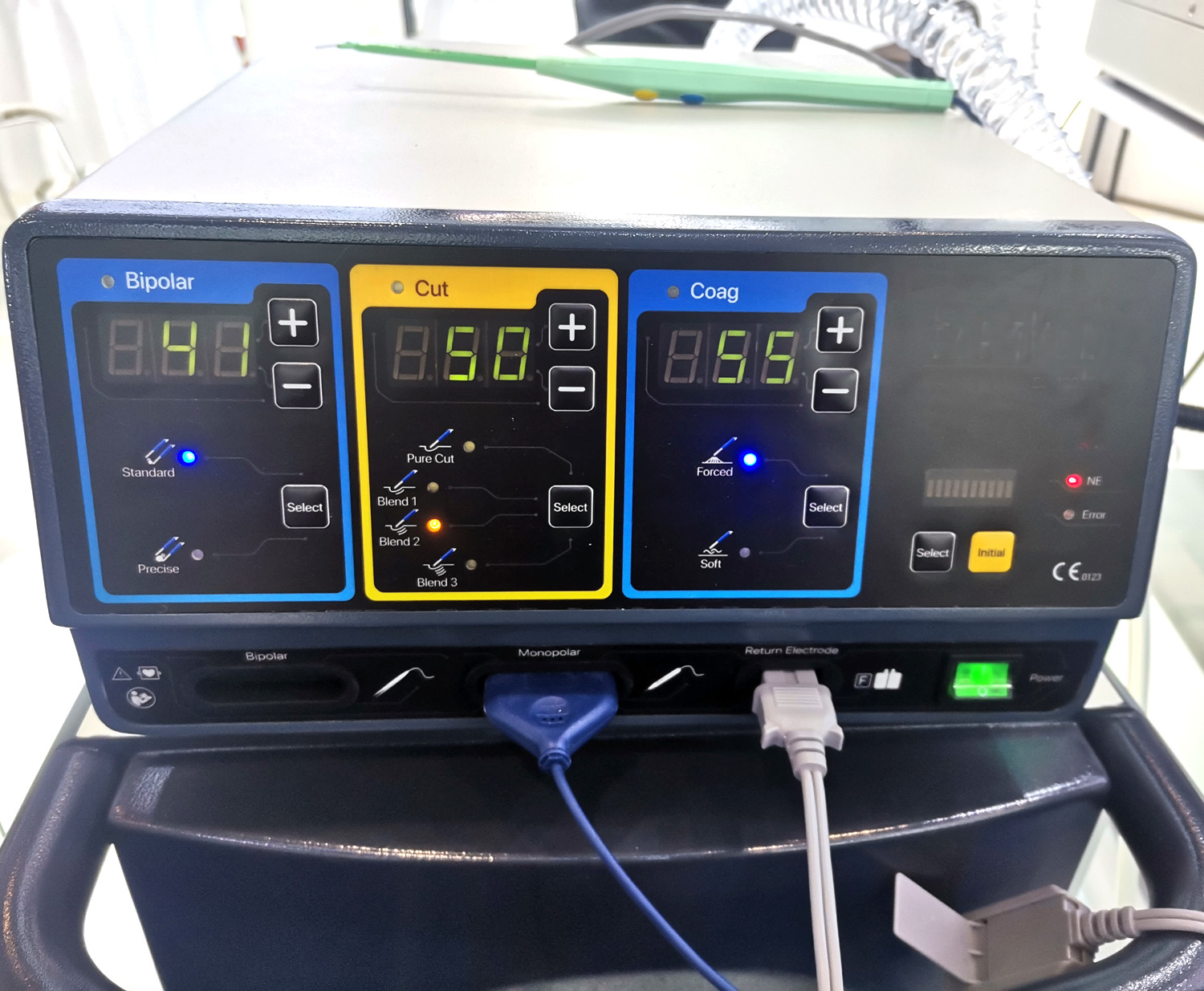
Dialysis Machines: Membrane switches are used for adjusting treatment parameters, controlling flow rates, and other critical functions in dialysis machines.
Electrocardiogram (ECG) Machines: These devices may use membrane switches for configuring test settings, starting or stopping tests, and navigating through menus.
The control panel on an infusion pump is a prime example of how membrane switches are utilized in medical devices. Their design and functionality provide reliable and user-friendly controls essential for medical applications.
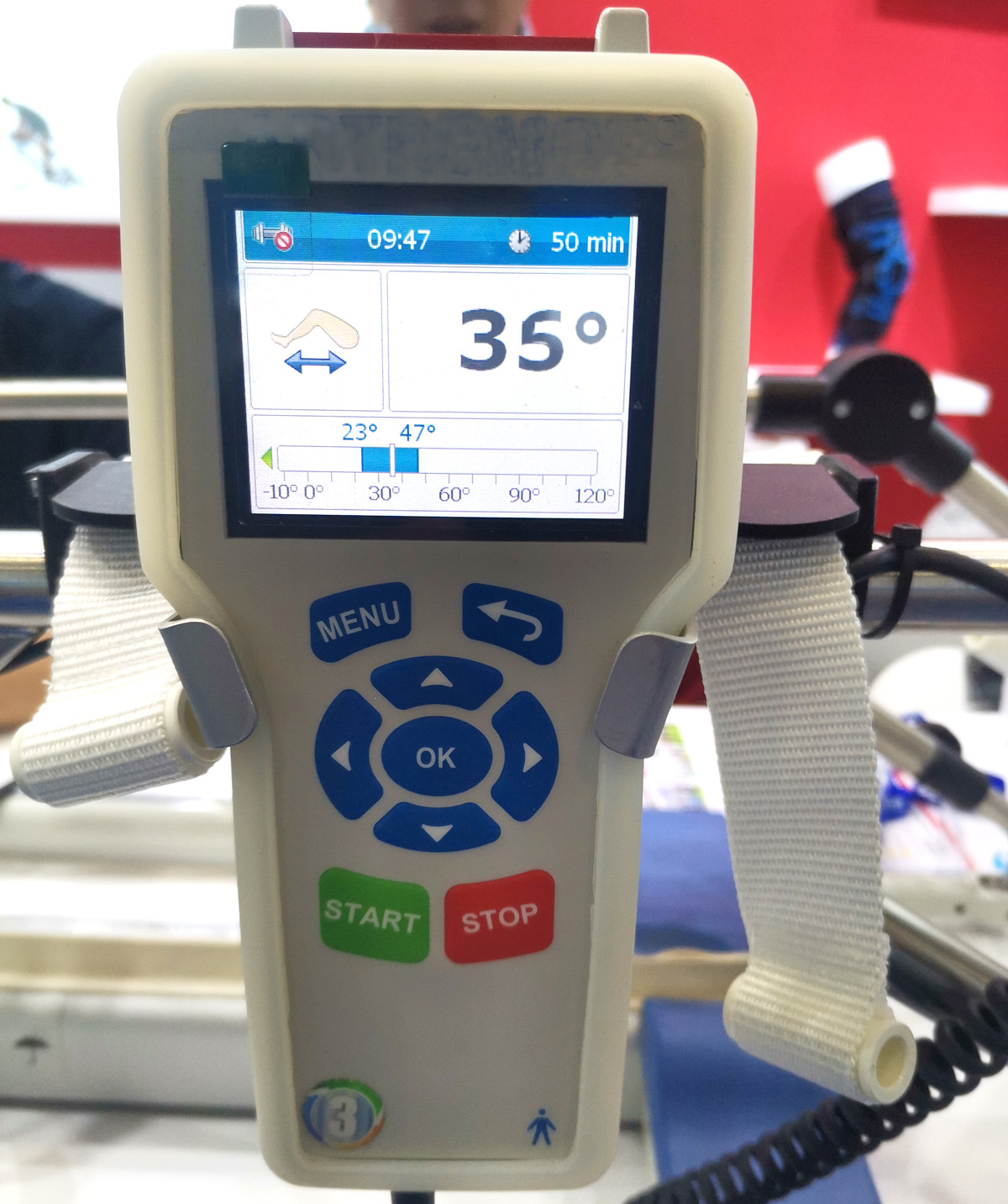
More information visit:www.jcftechnology.com